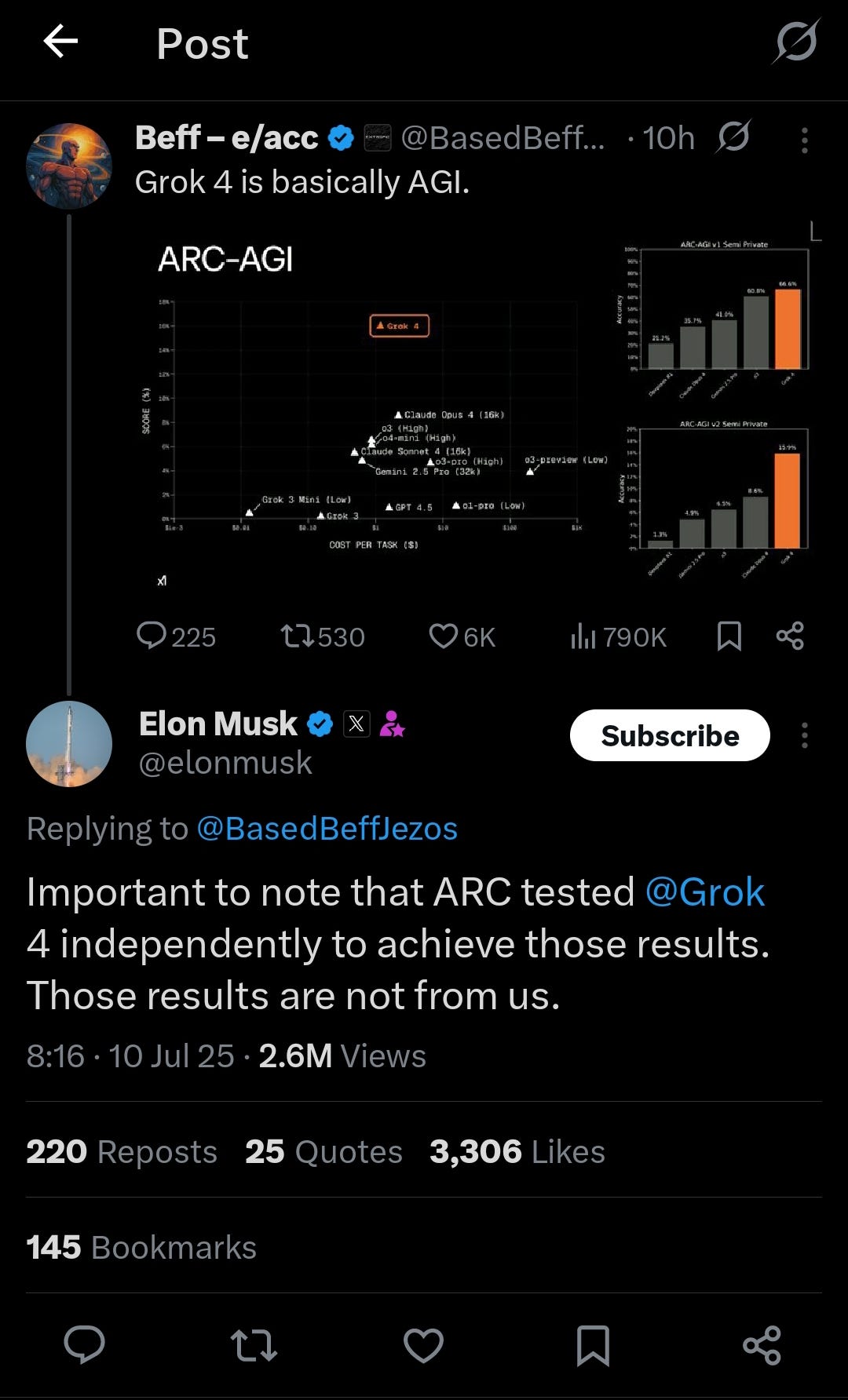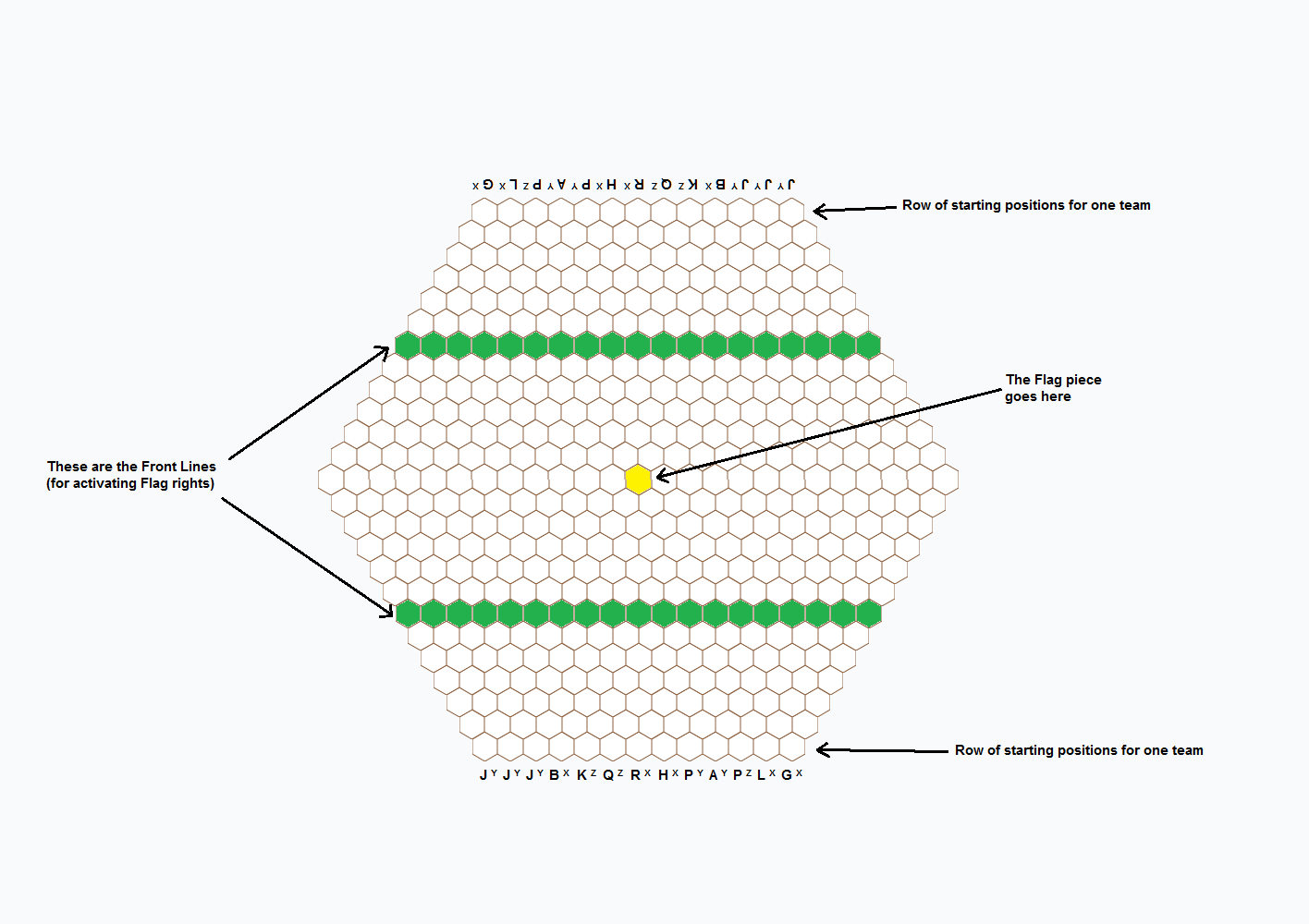Wargaming Weekly #033: Would you like to play-test a micro wargame about the people who have ruled Uganda?
Introducing my debut wargame titled “Ugandan Chess” - now ready for play-testers!
Ever since I discovered the field of wargaming back in 2022, I knew I wanted to make my mark on it.
I don’t remember which exact Georgetown University Wargaming Society (GUWS) webinar it was but I remember a presenter talking about how “remixing” chess is often a great first step for aspiring wargame designers.
At about the same time, I was really getting into learning more about the volatile politics of my county right from independence in 1962 through to the late 1980s.
Unfortunately, because political education was scrapped from our high school curriculum back in the mid-2000s, many of us don’t know that much about what came before the current administration.
Most Ugandan youth can’t name all our previous heads-of-state in their order. This game is my attempt to make our history both more accessible and more fun to engage with, despite the very real pain with which our parents hold it in their hearts and the very anxious future that it has thrown into our hands.
Ugandan Chess is a hex-and-counter remix of regular chess designed to familiarize players with the 13 individuals who have served as head-of-state in this East African country so far, some for just one day!
Two players (Blue and Red) move and attack each other using 5 Soldiers, 5 Intellectuals and 3 Royals (sometimes even looking flip the opponent’s pieces to their side) with the aim of securing victory either by capturing the Ugandan flag in the middle of the board or completely disarming the other side.
I won’t go into the specifics of who in particular each piece represents, I’m hoping that if this game gets you curious enough, you’ll be able to do some light research and decipher the names on your own! *wink wink*
The hardest part so far about designing Ugandan Chess
Now on its fifth draft, I have been working on this game on and off (mostly off, to be honest) for three years now.
The toughest part of designing Ugandan Chess has been accepting that the prototype I had before this one was simply too complex to play even though I had fallen in love with how clever and realistic it was.
It has taken months of frustration for it to finally sink in that I needed to do some serious pruning. I’m hoping that this part of the design cycle will be much shorter for my future attempts at wargame design.
How did I finally break through this rut? Well, lately, I have been trying to vibe-code the game (I had actually wanted it to be a digital-first release) but both Claude and Replit have struggled with it, even just getting the movement ranges right let alone implementing and adjudicating the attacking actions.
Now I don’t know if it’s just that I suck at programming (I am a Computer Science drop-out after all) or that AI is just not yet good enough to code such games. Perhaps, I’ll know for sure after I try out Grok-4 that has just been launched today and is already being hailed as the world’s most powerful AI model.
Thankfully, in the midst of being frustrated with these LLMs not being able to reproduce the intricate simulation that I had come up with, I realized that my coding skills (or lack thereof) aside, the underlying problem was that I making the game too complex to follow, let alone enjoy.
So I simplified it, stripping away most of my attempts to make the pieces’ abilities perfect mirror reflections of the real-life personalities that inspired them.
Part of this was balancing out the piece’s abilities more when I noticed that I had made the Soldiers and Royals very strong while leaving the Intellectuals toothless. That’s when I decided to give them what I feel is a real game-changing “Influence” attacking action.
More importantly, I also decided to first create a print-n-play version of the game and have it play-tested before making another serious attempt at vibe-coding it with one of these LLMs.
Why have I decided to release Ugandan Chess today?
You see, since the start of July, I have been on a play-testing marathon of my own, checking out the work of various designers in Sebastian Bae’s recent Warfighting Micro Games Series. You might have noticed that I hadn’t published a newsletter since my last one at the end of June.
Anyway, before I started this marathon, I promised myself that if I managed to play-test all 9 games in the first 9 days of July, then I’d make sure to dedicate the 10th (which also happens to be my birthday) to finally getting my own game across the finish line.
So I’ve just spent my 32nd birthday designing the pieces of my first micro wargame design and putting final touches to the rules… not a bad way to spend a birthday if you ask me!
Aesthetically, the game is not yet exactly where I want it but at this point, I just want to make sure the underlying mechanics work right and that the game has repeat play appeal.
On that note, I’d really appreciate it if you could play Ugandan Chess and let me know what you think! You can download the game here via Google Drive. Leave me your feedback in the comments below.
And if you’re one of those hard-core wargamers like me, who like to deliver a well-detailed play-testing report, please check out the feedback template form I have created. Please download it, fill it out after playing the game a few times, save it as a PDF and share that PDF with me via DM on X or LinkedIn.
Lastly… what’s that over there in the Business Corner?
Rory Sutherland’s latest banger in which he explains why the explore-exploit tradeoff is not a tradeoff.
“Costs are absolutely immediate and quantifiable, opportunity costs aren’t.”
Yours in hex,
Rwizi.
PS: If you enjoyed reading this, please consider supporting me on Patreon for as little as $5 per month. Plus, who knows, you might even enjoy the wargaming-themed fiction short stories that I share there!
HOW ELSE CAN YOU SUPPORT MY NEWSLETTER?
Beyond subscribing on Patreon, you can also support me in any one of the following three super-specific ways:
1. Leave a comment below!
Punching a good hole in any of the facts or arguments shared above.
2. Hire me for a wargaming gig!
I’m currently available for content writing and/or game co-designing roles for both defense and business wargaming projects as a part-time freelancer i.e. 10 – 20 hours per week. If you think your project could use the brain of a millennial B2B marketer/startup founder who reads way too many PDFs and watches way too many YouTube videos on wargaming, military theory and product management, then please feel free to reach out to me via X or LinkedIn to book a call. Like the kids like to say nowadays… lemme cook!
3. Give me a warm intro to your friend at a16z!
Preferably someone who’s on either the a16z speedrun team or the a16z Games team. I’m looking for brutal feedback on a speedrun application my startup made last year: once again, please DM me via X or LinkedIn to sync.
ABOUT THE AUTHOR:
Wargaming Weekly is curated, written and published by Rwizi Rweizooba Ainomugisha, a freelance writer, game designer and startup entrepreneur. Rwizi currently serves as Co-Founder, Co-CEO and Chief Strategy Officer (CSO) at Lupiiya Books - the social finance app that is gamifying the fundraising process for young African entrepreneurs. Wargaming Weekly is a curiosity chronicle of Rwizi’s exploration of the wargaming world… for the love of games in general, for the desire to contribute to the growth of wargaming in particular as a discipline, and lastly, for the hope of finding cutting-edge game design innovations to bring back with him to the startup world.










Well done for doing this! Sorry we missed our call, (my fault) had some small crises come up and now traveling to CONSiM. Greatly enjoying your posts. Hope we can chat post this at some time,